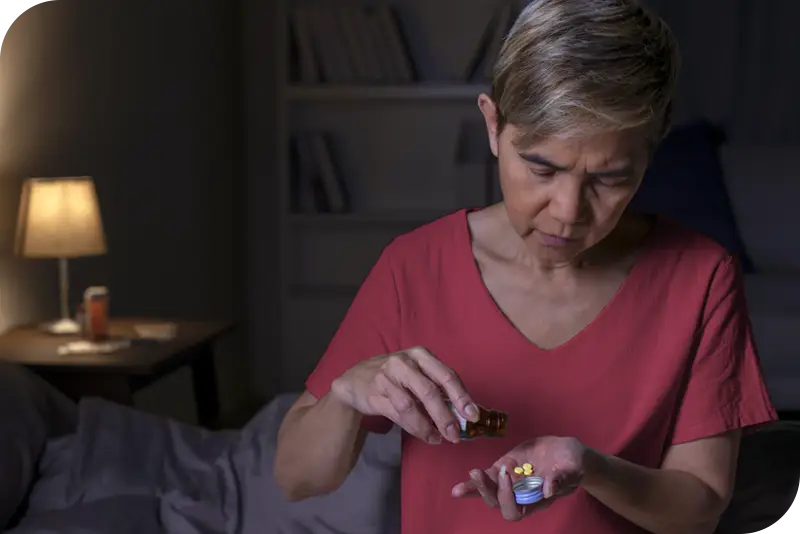Quartz is committed to sharing important safety information about medications commonly prescribed to our members. Benzodiazepines are often used to manage conditions such as anxiety, sleep disorders, or seizures. Opioids are typically prescribed to help manage pain. While these medications can be effective, they can pose serious risks—especially when taken together.
The Food and Drug Administration (FDA) has issued safety warnings about using opioids and benzodiazepines at the same time. Taking both medications together can lead to sleepiness, slowed breathing, reduced heart rate, loss of consciousness, and in some cases, death.
To promote safer use, Quartz monitors the concurrent use of opioids and benzodiazepines for 30 or more cumulative days in individuals aged 18 and older. Certain individuals are excluded from this measure, including those in hospice care or with a diagnosis of cancer, sickle cell disease, or those receiving palliative care.
Quartz considers it our responsibility to alert you to this potential safety risk. Your health and safety are our top priorities. Please follow your doctor’s instructions carefully and talk to your provider if you have concerns about the medications you’re taking.
Provider Tips:
- Use caution when evaluating the benefits and risks of prescribing opioid pain medication and benzodiazepines concurrently
- Avoid initial opioid and benzodiazepine combination therapy by exploring alternative therapies (ex: relaxation techniques, cognitive behavioral therapy, sleep hygiene, physical therapy, alternative medication classes, etc.)
- Educate the member as well as caregivers about the risks of combination therapy, monitoring for adverse effects (ex: loss of awareness, slowed breathing, slowed heart rate, sleepiness, etc.), and what to do if experiencing adverse effects
- Only continue long-term opioid and benzodiazepine therapy when necessary and with close monitoring
- Communicate and coordinate with others involved in the member’s care team
- Prescribe a rescue medication (ex: naloxone) to members at increased risk
- Evaluate the medication regimen on a regular basis. If appropriate, slowly taper and/or deprescribe in an individualized manner
Follow-up questions can be directed to PharmacyProgramSupport@quartzbenefits.com
Resources:
American Geriatrics Society. 2023 updated AGS Beers Criteria® for potentially inappropriate medication use in older adults. J Am Geriatr Soc. 2023;71:2052–2081.
Pharmacy Quality Alliance (PQA) website. Accessed on 5/22/2025.
López-Álvarez J, Sevilla-Llewellyn-Jones J, Aguera-Ortiz L. Anticholinergic drugs in geriatric psychopharmacology. Front Neurosci. 2019;13:1309.
Gray SL, Anderson ML, Dublin S, et al. Cumulative use of strong anticholinergic medications and incident dementia. JAMA Intern Med. 2015;175(3):401–407.





